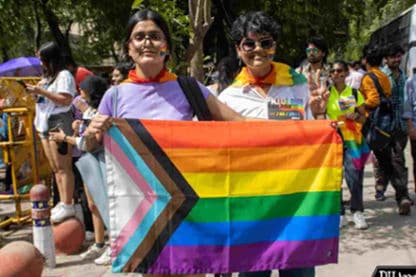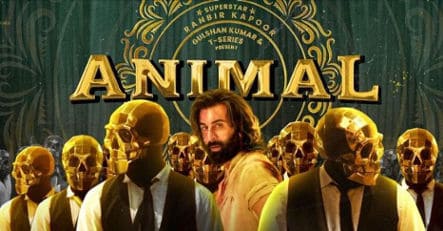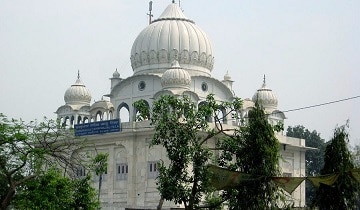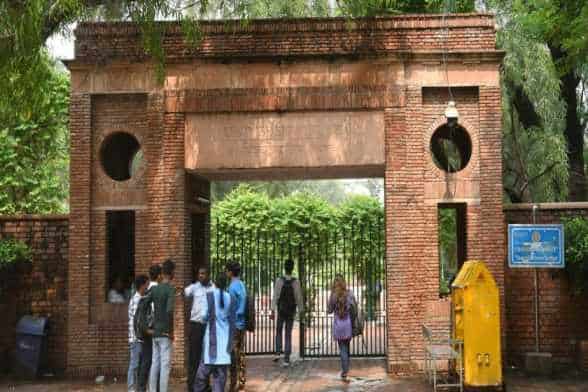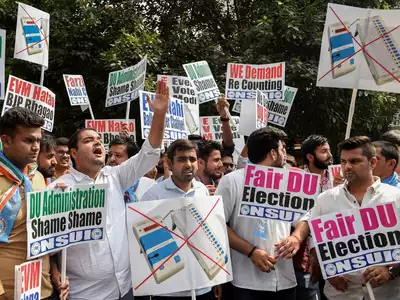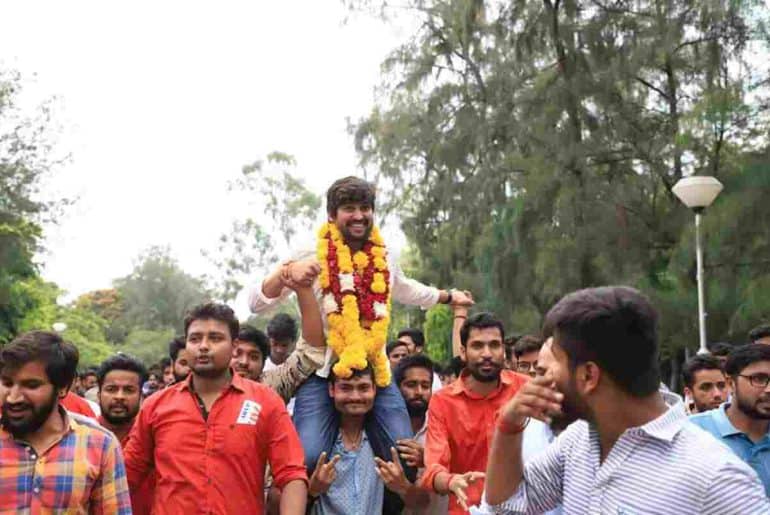A light-hearted guide to ensure a ‘sukoon-bhari’ metro journey, my fellow DU commuters!
Do you also find yourself scratching your head, armed with a bag on your shoulder and eyes glued to your station’s name on the map as you travel? Then it’s time we address the pain in the “standing abs.”. Let’s figure out how we can bag a seat here (ah, the sacred quest for the coveted throne), and let’s not forget that bagging a seat in the Delhi Metro is more difficult than acing the exams that got you here.
You need to master the art of hovering skillfully around seated passengers. Learn to hover like a seagull, eyeing a discarded fly. Your stances should have a ‘kezual’ yet desperate style, embodying a blend of nonchalance and neediness. In other words, it’s all about lurking in the shadows and waiting for the opportune moment to strike.
While you are on it, make sure you keep an eye on your fellow travellers; a slight shift in their position will cost you an opportunity of a lifetime! In addition to noticing those who you’re strategically placed near, also beware of sudden movements from other commuters; it’s a fierce game of musical chairs, just without the music or fun, or maybe with the automated voices of “The doors will open on the left. Please mind the gap” as music.
Overhear conversations within a 5-metre radius. A casual “I’ll get down at Mandi House” deserves note-taking, or prepare to cling to the vertical pole until Kashmere Gate.
“Yeh Khan Market jaayegi na?” means they are going to stand and donate their seat the moment “Agla station Khan Market hai” plays.
What else can come in handy is a ‘lean’. As the metro doors slide open, try adopting a nonchalant pose against the nearest vertical pole, one hand in your pocket, the other subtly gesturing towards an imaginary prize seat. It’s all about projecting an air of indifference while your eyes scream, “This seat is mine.”
To make things work even better in your favour, you need to lock eyes with your fellow commuters, assert dominance, and silently communicate, “I’ve claimed this territory; proceed with caution.” Such subtle power play amidst the ‘metro-seat diplomacy’, will put even the US hegemony to shame.
You can also play smart with your age, just like my dad does. He has decided not to colour his hair black and let the grey locks shine so that he gets to own the ‘senior citizen’ seat.
You can also take inspiration from the omnipresent brave warriors who have the incredible ability to fit into impossibly small spaces just to get themselves a place to sit. With the flexibility of a yoga trainer, they will squeeze themselves into the tiniest inch of space to have ever existed on the planet, all in the pursuit of a seat that may or may not exist.
Before we bid you ‘a happy seating’, remember, bagging a seat in the metro is not just a sport; it’s a survival skill, a rite of passage that will take you places (quite literally). So, navigate the sea of stations and standing commuters skillfully, and may the seats be ever in your favour!
Read Also: A Not-so-Humble Guide to Travelling in Delhi Metro
Featured Image Credits: X
Kavya Vashisht



